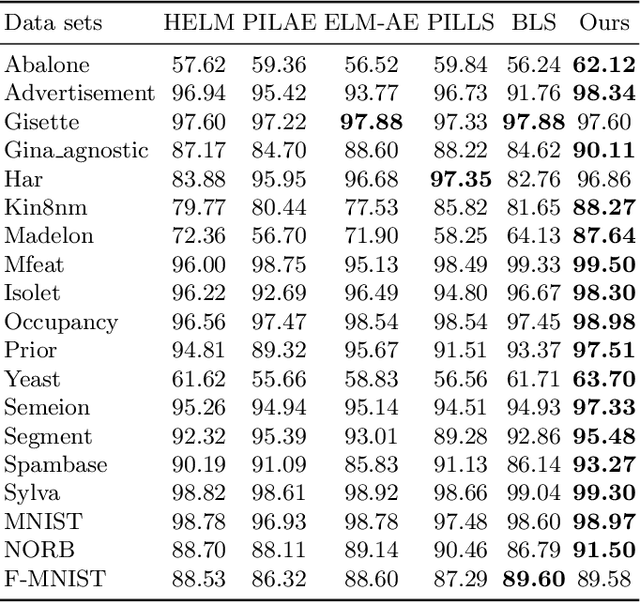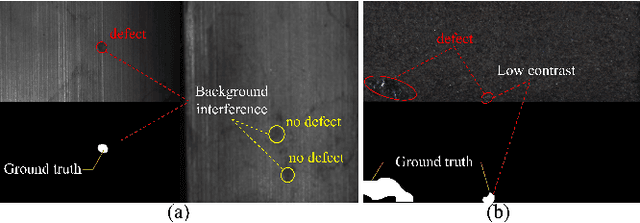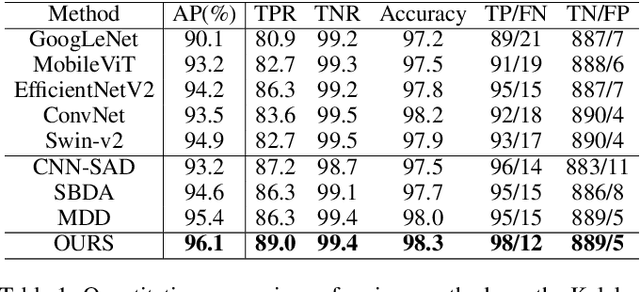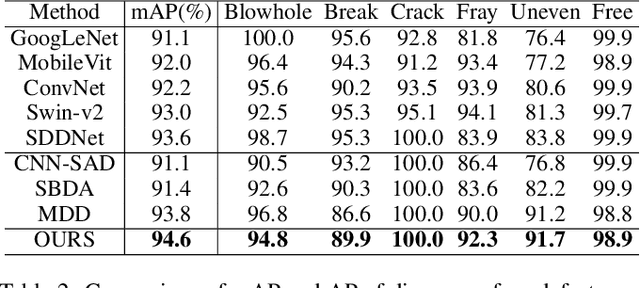Shupan Li
Image Classification with Deep Reinforcement Active Learning
Dec 27, 2024



Abstract:Deep learning is currently reaching outstanding performances on different tasks, including image classification, especially when using large neural networks. The success of these models is tributary to the availability of large collections of labeled training data. In many real-world scenarios, labeled data are scarce, and their hand-labeling is time, effort and cost demanding. Active learning is an alternative paradigm that mitigates the effort in hand-labeling data, where only a small fraction is iteratively selected from a large pool of unlabeled data, and annotated by an expert (a.k.a oracle), and eventually used to update the learning models. However, existing active learning solutions are dependent on handcrafted strategies that may fail in highly variable learning environments (datasets, scenarios, etc). In this work, we devise an adaptive active learning method based on Markov Decision Process (MDP). Our framework leverages deep reinforcement learning and active learning together with a Deep Deterministic Policy Gradient (DDPG) in order to dynamically adapt sample selection strategies to the oracle's feedback and the learning environment. Extensive experiments conducted on three different image classification benchmarks show superior performances against several existing active learning strategies.
Semi-adaptive Synergetic Two-way Pseudoinverse Learning System
Jun 27, 2024



Abstract:Deep learning has become a crucial technology for making breakthroughs in many fields. Nevertheless, it still faces two important challenges in theoretical and applied aspects. The first lies in the shortcomings of gradient descent based learning schemes which are time-consuming and difficult to determine the learning control hyperparameters. Next, the architectural design of the model is usually tricky. In this paper, we propose a semi-adaptive synergetic two-way pseudoinverse learning system, wherein each subsystem encompasses forward learning, backward learning, and feature concatenation modules. The whole system is trained using a non-gradient descent learning algorithm. It simplifies the hyperparameter tuning while improving the training efficiency. The architecture of the subsystems is designed using a data-driven approach that enables automated determination of the depth of the subsystems. We compare our method with the baselines of mainstream non-gradient descent based methods and the results demonstrate the effectiveness of our proposed method. The source code for this paper is available at http://github.com/B-berrypie/Semi-adaptive-Synergetic-Two-way-Pseudoinverse-Learning-System}{http://github.com/B-berrypie/Semi-adaptive-Synergetic-Two-way-Pseudoinverse-Learning-System.
Global Context Aggregation Network for Lightweight Saliency Detection of Surface Defects
Sep 22, 2023Abstract:Surface defect inspection is a very challenging task in which surface defects usually show weak appearances or exist under complex backgrounds. Most high-accuracy defect detection methods require expensive computation and storage overhead, making them less practical in some resource-constrained defect detection applications. Although some lightweight methods have achieved real-time inference speed with fewer parameters, they show poor detection accuracy in complex defect scenarios. To this end, we develop a Global Context Aggregation Network (GCANet) for lightweight saliency detection of surface defects on the encoder-decoder structure. First, we introduce a novel transformer encoder on the top layer of the lightweight backbone, which captures global context information through a novel Depth-wise Self-Attention (DSA) module. The proposed DSA performs element-wise similarity in channel dimension while maintaining linear complexity. In addition, we introduce a novel Channel Reference Attention (CRA) module before each decoder block to strengthen the representation of multi-level features in the bottom-up path. The proposed CRA exploits the channel correlation between features at different layers to adaptively enhance feature representation. The experimental results on three public defect datasets demonstrate that the proposed network achieves a better trade-off between accuracy and running efficiency compared with other 17 state-of-the-art methods. Specifically, GCANet achieves competitive accuracy (91.79% $F_{\beta}^{w}$, 93.55% $S_\alpha$, and 97.35% $E_\phi$) on SD-saliency-900 while running 272fps on a single gpu.
Decision Fusion Network with Perception Fine-tuning for Defect Classification
Sep 22, 2023



Abstract:Surface defect inspection is an important task in industrial inspection. Deep learning-based methods have demonstrated promising performance in this domain. Nevertheless, these methods still suffer from misjudgment when encountering challenges such as low-contrast defects and complex backgrounds. To overcome these issues, we present a decision fusion network (DFNet) that incorporates the semantic decision with the feature decision to strengthen the decision ability of the network. In particular, we introduce a decision fusion module (DFM) that extracts a semantic vector from the semantic decision branch and a feature vector for the feature decision branch and fuses them to make the final classification decision. In addition, we propose a perception fine-tuning module (PFM) that fine-tunes the foreground and background during the segmentation stage. PFM generates the semantic and feature outputs that are sent to the classification decision stage. Furthermore, we present an inner-outer separation weight matrix to address the impact of label edge uncertainty during segmentation supervision. Our experimental results on the publicly available datasets including KolektorSDD2 (96.1% AP) and Magnetic-tile-defect-datasets (94.6% mAP) demonstrate the effectiveness of the proposed method.
 Add to Chrome
Add to Chrome Add to Firefox
Add to Firefox Add to Edge
Add to Edge